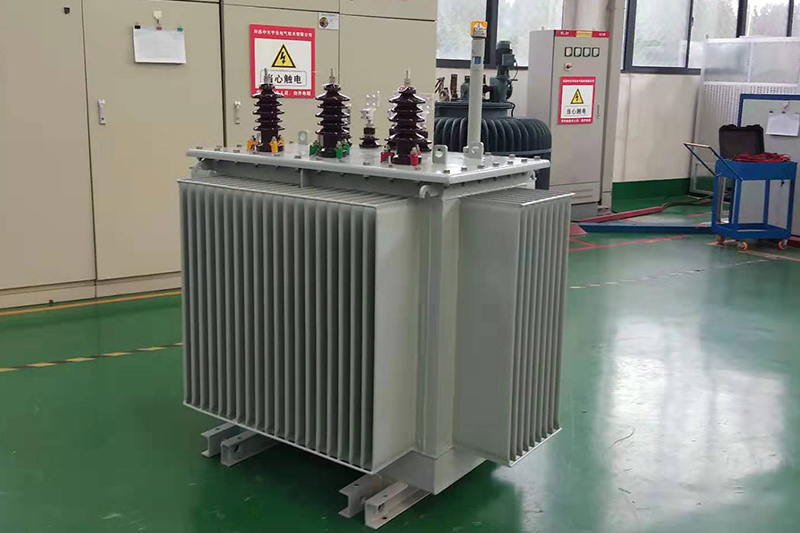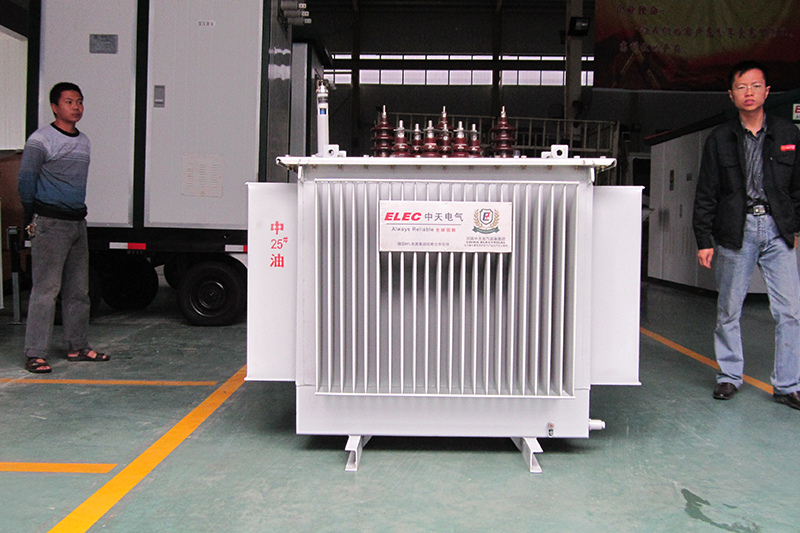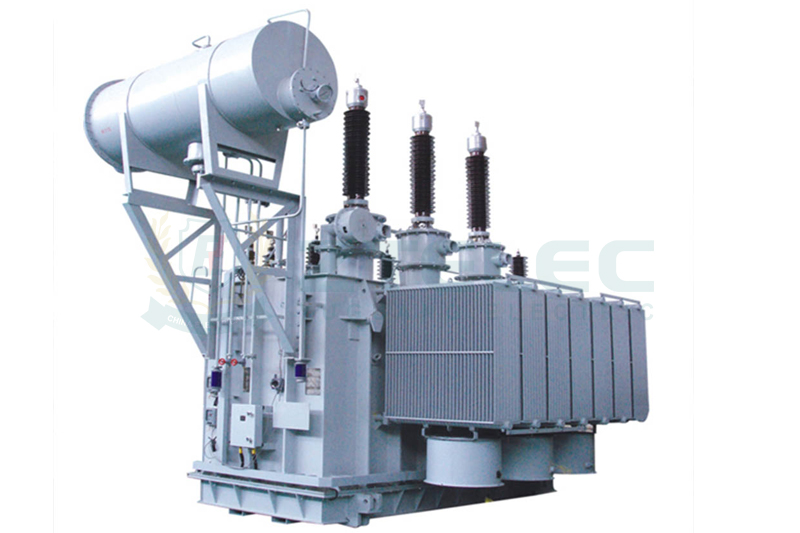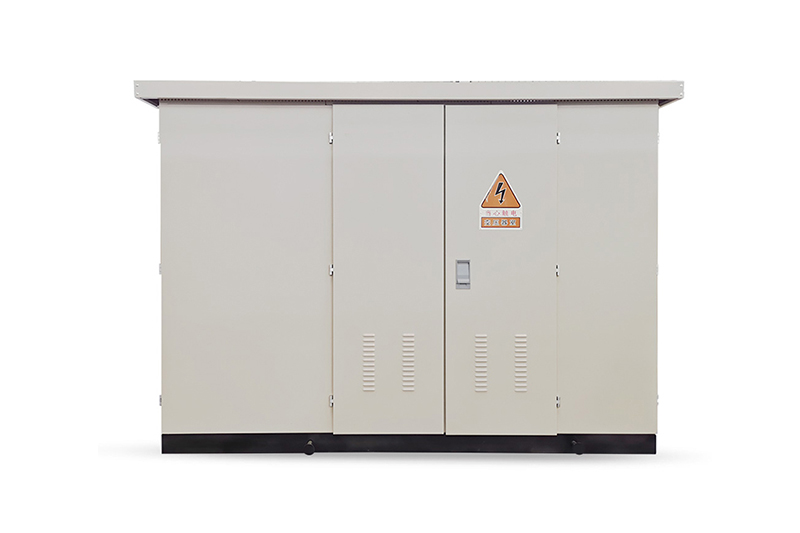How Does a 10kV Oil-Immersed Transformer Work? An In-Depth Technical Analysis
Time:2025-09-12 Auther:ZTelec-www.ztelectransformer.com
A 10kV oil-immersed transformer plays a critical role in power distribution systems. Its operation is based on Faraday’s law of electromagnetic induction, converting electrical energy into magnetic energy and back into electrical energy at a different voltage level. This article explains the working principle of 10kV oil-immersed transformers and highlights the unique advantages of oil-immersed design in insulation, cooling, and protection.

Working Principle of a 10kV Oil-Immersed Transformer
1. Magnetic Field Creation
When a 10kV alternating current flows into the primary (high-voltage) winding, it generates an alternating magnetic field in the transformer core.
2. Magnetic Field Variation
The alternating magnetic field changes in strength and direction with the frequency of the current, ensuring continuous magnetic induction.
3. Induced Electromotive Force
The alternating magnetic field passes through the secondary (low-voltage) winding. According to electromagnetic induction, an electromotive force (voltage) is induced.
4. Voltage Conversion
The voltage ratio depends on the winding turns ratio, expressed as V₁/V₂ = N₁/N₂. A 10kV oil-immersed transformer is usually a step-down transformer, reducing high voltage (10kV) to low voltage (400V) for user applications. Step-up versions are also possible depending on design.
In summary: Electricity (primary input) → Magnetism (core conduction) → Electricity (secondary output).

The Value of Oil-Immersed Design
While voltage conversion is possible with a hollow-core design, oil immersion provides essential advantages for high-voltage 10kV transformers. It ensures reliable insulation, efficient cooling, and advanced protection.
1. Insulation Performance
At 10kV, the risk of electrical breakdown between windings, core, and tank is high. Transformer oil has far greater dielectric strength than air. By immersing windings and the core in oil, insulation is strengthened, preventing discharge and improving safety.
2. Cooling Function
Transformers generate heat due to copper losses (windings) and iron losses (core). Excess heat damages insulation and may cause equipment failure. Transformer oil acts as a cooling medium, transferring heat from windings and core to the radiator. Cooling can be natural or fan-assisted, maintaining stable temperature and reliable operation.
3. Protection Mechanisms
Oil-immersed design also provides a protection system against faults:
Oxygen Isolation: Oil covers internal components, preventing oxidation and extending service life.
Fault Detection: Dissolved Gas Analysis (DGA) detects fault gases like hydrogen and acetylene, offering early warnings.
Pressure Balance & Moisture Control: The oil conservator regulates pressure with temperature changes. A silica-gel breather filters incoming air, preventing moisture from entering the oil tank.
A 10kV oil-immersed transformer achieves voltage conversion through electromagnetic induction, while its oil-immersed design ensures insulation, heat dissipation, and fault protection. This combination guarantees long-term stability, safety, and reliability under high-voltage and heavy-load conditions, making it indispensable in modern power distribution networks.




